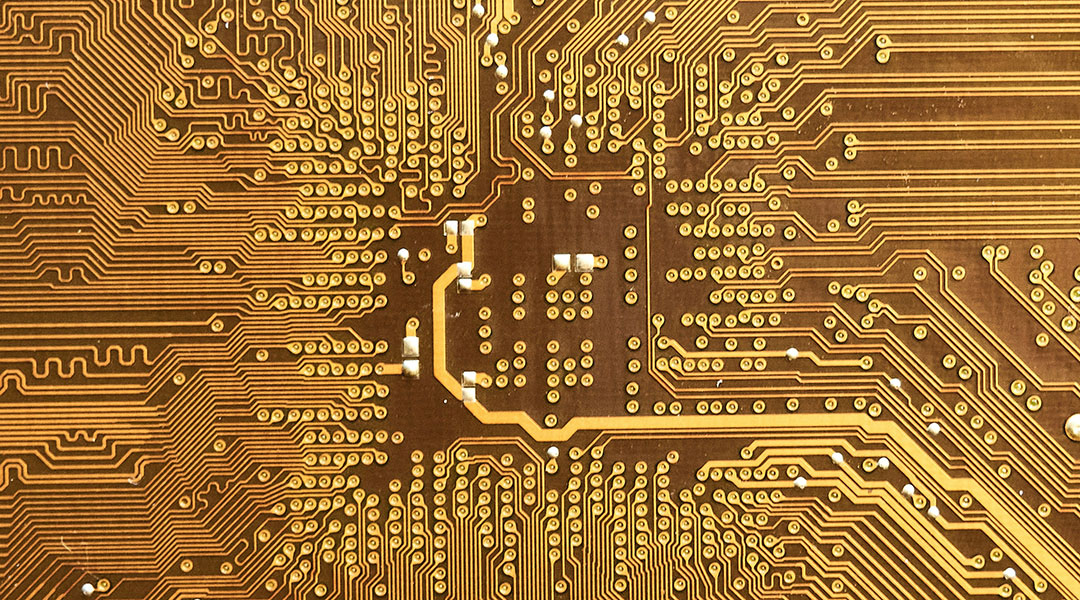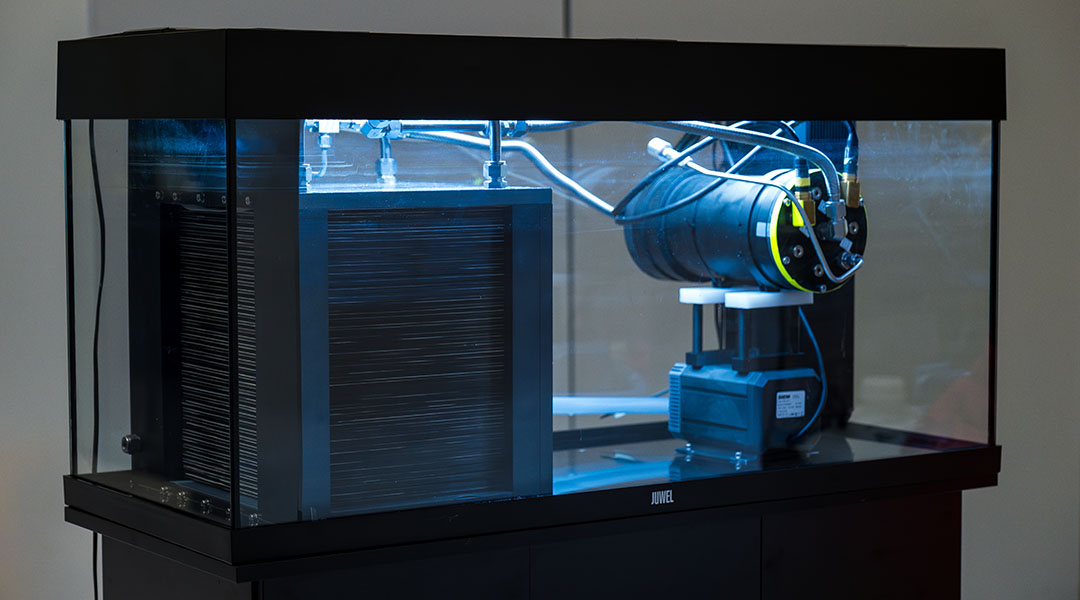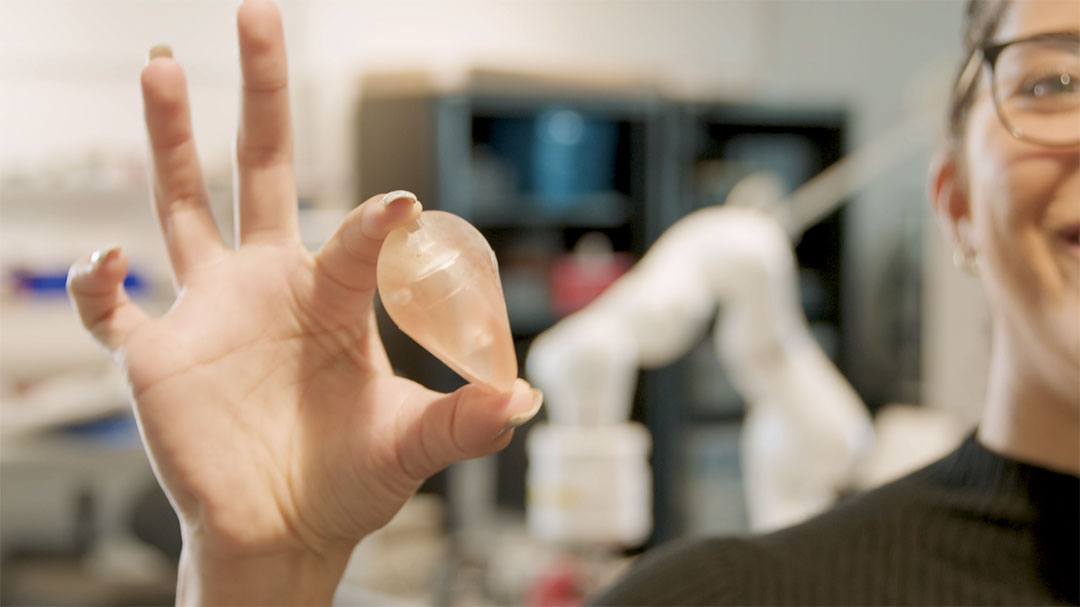The flexible and foldable 3D probes were surprisingly durable when inserted into brain tissue to map the deep functioning of neurons.


The flexible and foldable 3D probes were surprisingly durable when inserted into brain tissue to map the deep functioning of neurons.

The sensitive e-skin robotic coating applies ultrasonics and AI while taking its inspiration from the Japanese art of Kirigami.

Scientists created an “evapolectrics” generator that draws power directly from water evaporation, offering a sustainable, battery-free energy source from humidity.

Scientists created flexible probabilistic bits from custom polymers, offering a new, energy-efficient path for AI and machine learning using classical physics.

A fish-inspired fuel cell concept could provide a cost-effective alternative to batteries in underwater vehicles.

Making solar panels on the Moon could be the solution to reliably providing energy to lunar settlements.

A new machine learning algorithm that can rapidly pinpoint the location of a neutron star merger using gravitational wave signals alone.

“We’ve essentially reworked the standard recipe for making organic light emitting diodes, like those found in smartphones.”

A robot with a unique shape could make it possible to perform ultrasound scans deep within the gut, helping doctors diagnose colorectal cancer.

A new study targets feature selection, a key step in machine learning where the algorithm determines which parts of the input data are most relevant to making accurate predictions.